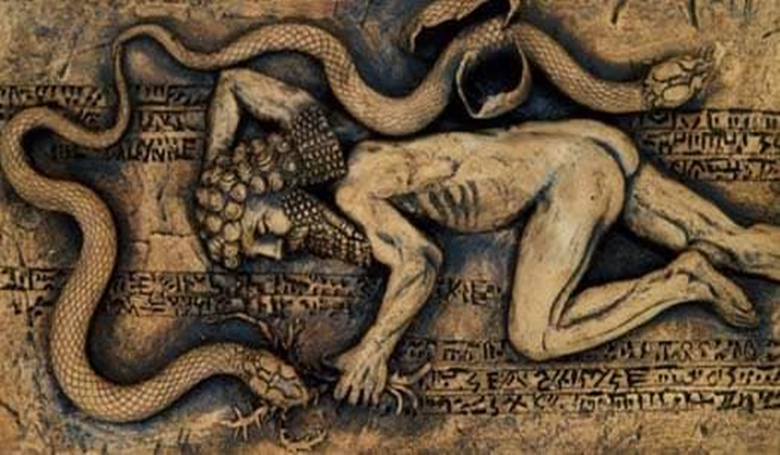The snake does not die

In the Epic of Gilgamesh, there is a secret revealed by the priest - Ziusidra - Noah of Sumer - to Gilgamesh, who was searching for the secret of immortality. This was in the dialogue that took place between them, when he told him about the secret of the prickly plant that restores a person to a renewed youth if he eats from it, and after a long and arduous journey, Gilgamesh obtained... The plant then went down to the lake to bathe before eating the plant, but the snake smelled the scent of the prickly plant, so it crept up to it and swallowed it, swallowing with it the secret of immortality. Then Gilgamesh looked at it and saw how quickly the grass began to affect the snake, and how it removed its garment - its skin - and became young again. Since that date, the snake has been removing its garment to renew its youth. Which led to the serpent becoming immortal. Then Gilgamesh sat down and burst into tears.

The ancient Iraqis believed that the snake was immortal and did not die, and that exchanging its skin for another skin every year meant renewing its life whenever it was damaged. Until the snake in ancient Iraq became a symbol of healing and immortality, where the Sumerians created a logo for it in the middle of the third millennium BC to be an emblem of Sumerian medicine, represented by two snakes representing the god - Ninkish Zida - the god of medicine, the son of God - Nanazu - the god of medicine, and they are wrapped on the branch of a tree, which is the tree of knowledge and life. The snake represents a symbol of healing and immortality. Its venom has a medicinal antidote and the renewal of its skin indicates eternal immortality - in the French Louvre Museum, a sculpture found in the Sumerian city of Lagash. Iraqi and this sculpture has decorated a beaker containing images of two beards curled up on each other, behind which stands the Sumerian prince - Gudea - It is written on it that it is dedicated to Ninkesh Zida, the god of healing. It dates back more than 4167 years. This slogan is still used all over the world on the facades of pharmacies and hospitals as a slogan for medicine and pharmacy. They linked the immortality of the serpent to the moon, which eternally renews its life in its perpetual monthly cycle and is peeled off. His old skin is in its diminishing phase and he wears new skin in its continuous monthly cycle ----- Razzaq Al-Mulla
Sources
The Book of Sumer: Myth and Epic - p. 247 - Dr. Fadel Abdel Wahed
Sumerian Arts Magazine, Issue -3 - 2008 - Page 9 - Abdul Amir Al-Hamdani
Book of the History of Mesopotamia 151 - 152 - Dr. Abdullah Al-Sulaiman

